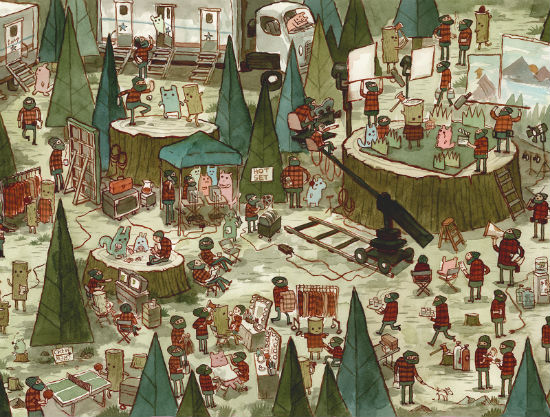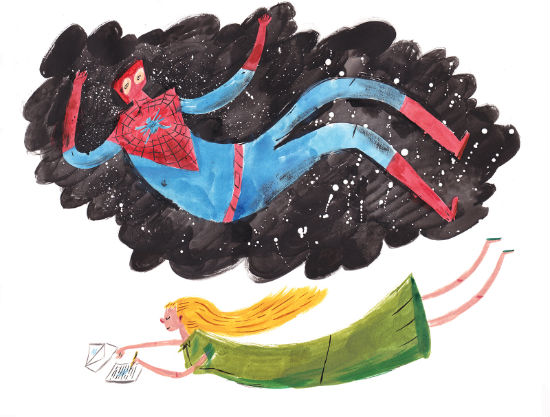
You Are the Friction
foreword by Sean Michaels
Sing Statistics; 216 p.
The process of inspiration is something that never fails to grab my attention. By which I mean: wear your influences on your sleeve and it’s liable to pique my interest. Years ago, I fell hard for Chris Eaton’s novel The Grammar Architect, which he’s described as a cover of Thomas Hardy’s A Pair of Blue Eyes. More recently, John Darnielle’s book in the 33 1/3 series took Black Sabbath’s Master of Reality and turned it into a wrenching, compelling account of a troubled adolescence and its effect years later. And it’s an interesting counterfactual to imagine what the reception of Donna Tartt’s The Goldfinch would have been had the painting at its center been a fictional one rather than one that can be seen on museum walls.
The anthology You Are the Friction allows two sides of the collaborative process to be on display. In the book’s first half, writers like Ned Beauman, Evie Wyld, and Joe Meno create stories based on pre-existing illustrations; in the second, the roles are reversed: the likes of Carson Ellis and Tom Gauld illustrate short works.

Reading the book with this in mind leads to some inevitable questions, especially in the first half: namely, do the stories work well enough outside of the context in which they’re given? By and large, they do, though some writers are working from illustrations that are more open to interpretation than others. The Oliver Jeffers illustration that inspired Joe Meno’s “Sightseers” features three objects: a piece of toast, a cup of coffee, and the inscription “Made in Belfast.” From there, Meno unfolds a story of shifting interpersonal dynamics, mobility, and being far from home. Sometimes, the work is less literal: for all that Jim Tierney’s illustration for “The Dragon” shows a horrific creature, Ned Beauman’s story instead focuses on the fraught relationship between two writers and the clash between different forms of media. (In this case, novels and video games.) I’m not entirely sure that Joshua Allen’s “Flowers for Pinky Only in Theaters” necessarily works without close proximity to Scott Campbell’s wonderfully surreal sprawl of an all-lumberjack film shoot, but there’s a surreal charm that runs throughout it.

In the second half, the art follows the stories. Here, the writer/artist dynamic feels a bit more known, and some of the experience of reading shifts Beauman’s “Xylyl Bromide,” a tale of affairs and murder in the aftermath of the First World War, is capped off by a lushly menacing illustration from Jim Tierney. And Tom Gauld’s deadpan style is neatly paired with Craig Taylor’s fragmented “Ash Banditry,” evoking the menace that lurks below the story’s surface. The whole thing ends on a melancholy and metatextual note: Toby Litt’s “The Footnotes” is told from the perspective of someone whose life is destined to be viewed in the light of a more famous contemporary; Rob Hunter’s illustration (really, a pair of them) takes the question of text and absence and brilliantly renders them in visual terms. The process by which this anthology came together is absolutely interesting, but the work that it’s produces stands on its own, regardless of context.
Follow Vol. 1 Brooklyn on Twitter, Facebook, Google +, our Tumblr, and sign up for our mailing list.
